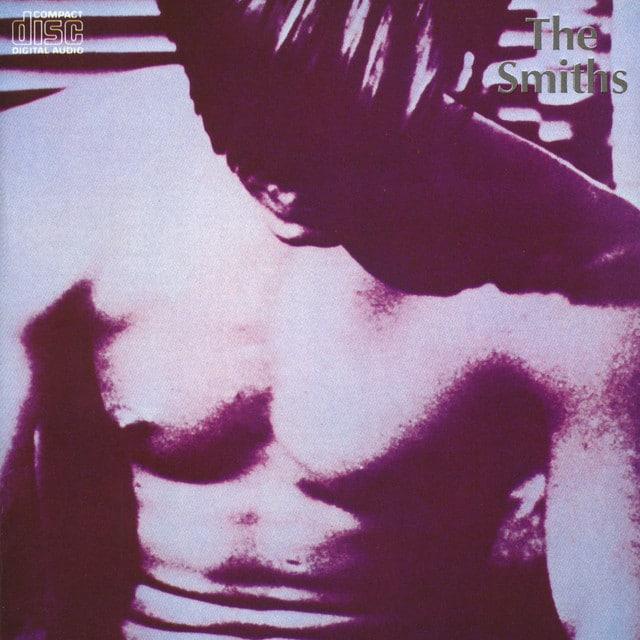Released: 1986
“There Is a Light That Never Goes Out” by The Smiths is a hauntingly beautiful track that seamlessly blends melancholy with a hint of romanticism, wrapped in the distinct jangle of Johnny Marr’s guitar and the poetic depth of Morrissey’s lyrics. At its core, the song speaks to the longing for connection, the fear of loneliness, and the paradoxical embrace of death as an extension of love. Now, let’s break down the song and unpack its layered meanings.
The song opens with a yearning invitation: “Take me out tonight / Where there’s music and there’s people / And they’re young and alive.” Right from the get-go, The Smiths set the stage for a narrative that’s all about escaping loneliness, seeking companionship, and ravenously consuming life’s vibrant moments. The mention of “music and…people” who are “young and alive” evokes images of the pulsating energy of youth culture and nightlife, a stark contrast to the solitude and stillness the narrator wants to flee from.
As we drive further into the song, the narrator’s desperation is palpable: “Driving in your car / I never, never want to go home / Because I haven’t got one / Anymore.” Here, Morrissey introduces a profound sense of displacement and loss. To him, “home” isn’t a place of comfort and belonging but a symbol of what’s painfully absent. The car ride, then, becomes a temporary respite, a fleeting moment of freedom from the emotional void awaiting at the place he no longer calls home.
In an almost romantic defiance against the bleakness of their world, the narrator fantasies about a grand gesture of eternal companionship: “And if a double-decker bus / Crashes into us / To die by your side / Is such a heavenly way to die.” This juxtaposition of romanticism with tragedy captures the essence of The Smiths’ lyrical prowess. By envisioning death in a violent, sudden manner alongside someone he cares deeply for, the narrator expresses a longing for a connection so profound that even in death, they would not be parted. It’s a darkly poetic testament to the lengths we’ll go to avoid the cold grip of isolation.
But then, amidst this mosaic of yearning and despair, there’s a glimmer of hope—or perhaps, denial—in the repeated affirmation “There is a light that never goes out.” This refrain can be seen as the song’s emotional anchor, suggesting that despite the overwhelming gloom, there’s a persistent spark—an unextinguishable light—symbolizing love, hope, or perhaps the indomitable spirit of youth. It’s a powerful declaration that even in the darkest of times, there’s something indefinable that keeps us going, that refuses to be dimmed.
In essence, “There Is a Light That Never Goes Out” is a masterclass in lyrical storytelling, enveloping listeners in layers of emotion and intellectual depth. The Smiths didn’t just write a song; they crafted a narrative that resonates with anyone who’s ever felt lost, alone, or in search of something more. It’s a musical journey that, once embarked upon, stays with you long after the last note fades into silence.








